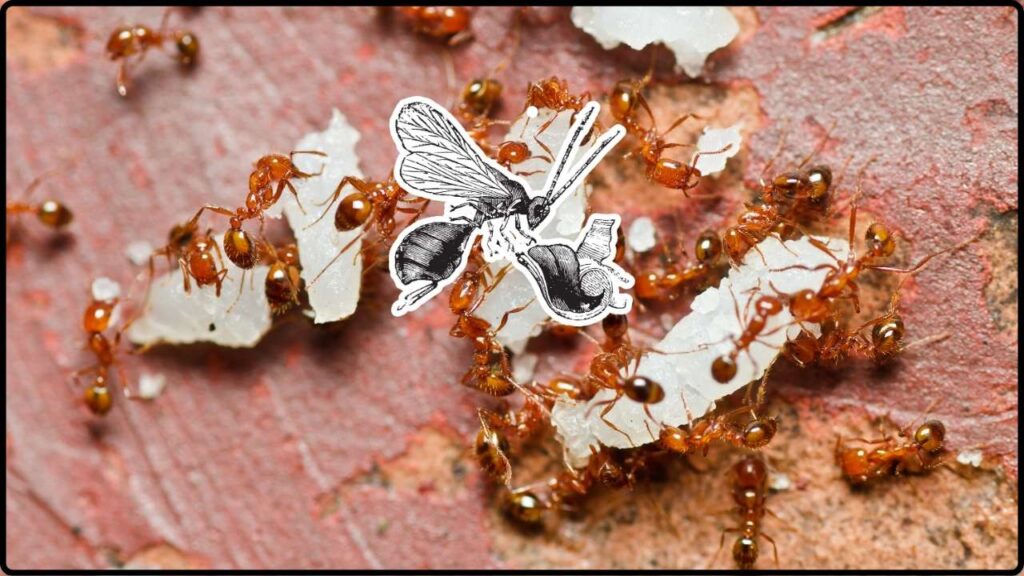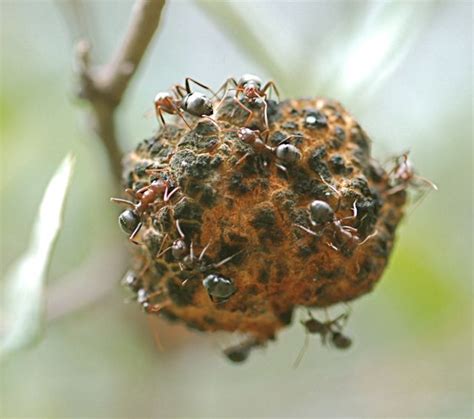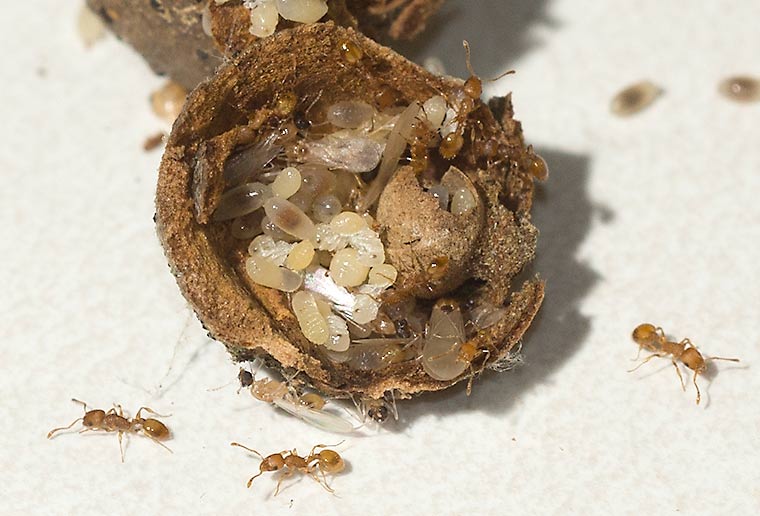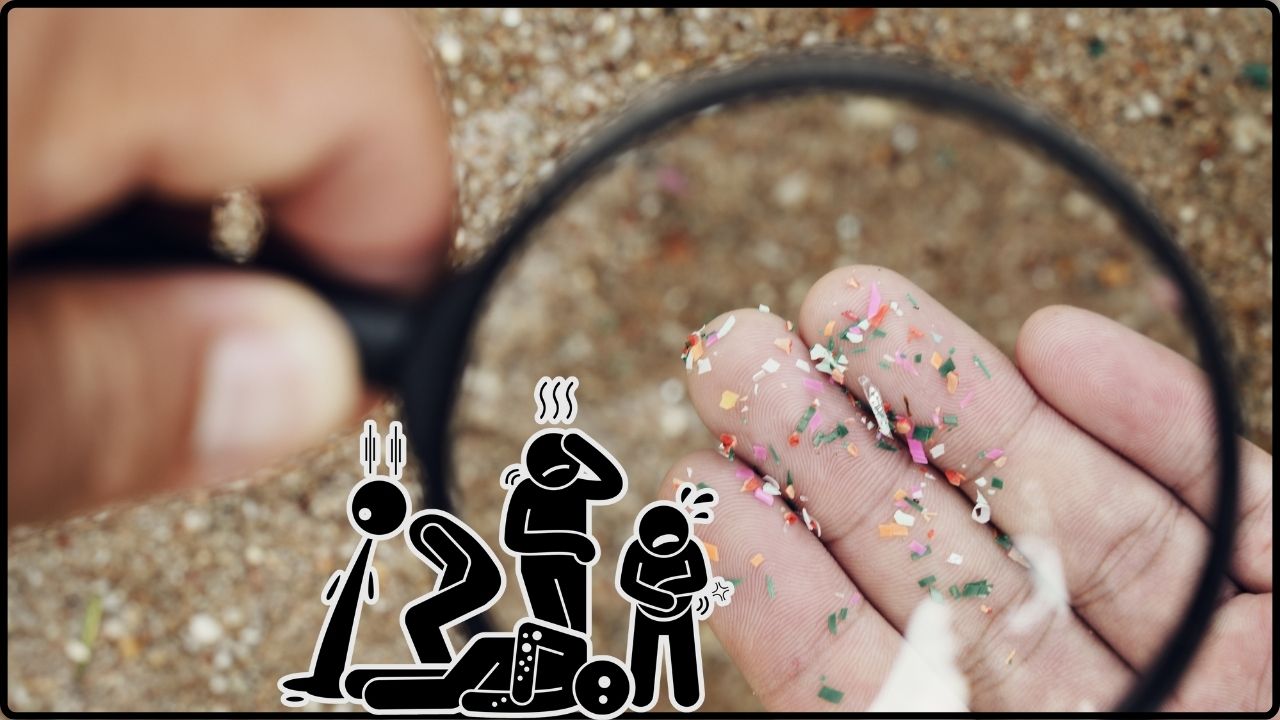
This 8-Year-Old Found an Ant: When 8-year-old Hugo Deans saw a line of ants carrying small, strange-looking balls through his backyard in Pennsylvania, he didn’t know he was about to make a discovery that would ripple through the global scientific community. But his innocent curiosity led to one of the most fascinating entomological revelations in years—a previously unknown interaction between ants, wasps, and oak trees. This wasn’t just a cool backyard bug sighting. Hugo’s find rewrote part of what we thought we knew about insect ecology, mutualism, and evolutionary strategy.
This 8-Year-Old Found an Ant
What started as a simple moment of childhood wonder turned into a landmark scientific breakthrough. Hugo Deans’ ant-watching led researchers to uncover a hidden partnership—and deception—between ants, wasps, and oak trees. This discovery challenges what we know about nature and reinforces an essential truth: science doesn’t just happen in labs. It happens in backyards, parks, and anywhere curiosity lives. Whether you’re a kid with a bug jar or a Ph.D. with a lab coat, the next great discovery could be right beneath your feet.
| Topic | Details |
|---|---|
| Who | Hugo Deans, 8-year-old, Pennsylvania, USA |
| What | Observed ants carrying oak galls |
| Scientific Surprise | Ants unknowingly helping gall wasps |
| Mechanism | Galls coated in fatty substance that mimics nutritious seeds |
| Broader Impact | Rewrites understanding of myrmecochory (ant-plant interactions) |
| Expert Source | Dr. Andrew Deans, Penn State Entomology |
| Keywords | ant discovery, gall wasp mimicry, oak gall mutualism, backyard science, insect deception |
| Official Resource | Penn State Entomology Department |
A Kid, Some Ants, and a Groundbreaking Revelation
Let’s set the scene. Hugo was outside playing in his yard when he noticed ants doing something strange. Instead of carrying crumbs or typical food bits, the ants were dragging what looked like tiny, BB-sized marbles. Most people would ignore it—but Hugo brought one to his dad, Dr. Andrew Deans, a professional entomologist at Penn State.
What they discovered turned a simple moment of curiosity into a world-class scientific finding. Those “marbles” were actually oak galls, natural plant growths formed when tiny parasitic wasps lay eggs inside oak tissue.

What Is an Oak Gall?
An oak gall is a kind of natural capsule grown by oak trees in response to an insect attack. When a gall wasp lays its egg inside an oak bud or leaf, the tree forms a protective casing around the egg. This casing, or gall, provides a food source and safe space for the developing larva.
But in Hugo’s discovery, the gall had something new: a fatty cap-like structure known as a kapéllo—a waxy, nutrient-rich coating that looked and smelled like a part of a seed known as an elaiosome.
So what does that mean?
The ants—who normally collect seeds with elaiosomes as food—mistook the gall for a delicious treat and carried it into their nest.
Here’s where it gets wild.
How the Trick Works: A Step-by-Step Breakdown

- A gall wasp lays its egg in an oak leaf or bud.
- The oak reacts by forming a round, protective gall.
- This specific gall has a kapéllo—a fatty substance chemically similar to an ant’s favorite seed snack.
- Ants detect the kapéllo and drag the gall into their underground nest.
- Once inside, the ants consume the kapéllo but leave the gall (and the wasp larva inside) untouched.
- The larva continues to develop in a safe, predator-free environment, eventually hatching into an adult wasp.
That’s right: the ants get a snack, and the wasp gets security. It’s a mutualistic deception, where one party gets tricked but still benefits.
A Twist on Myrmecochory
This discovery adds a new layer to what scientists call myrmecochory, which refers to the dispersal of seeds by ants. In most known examples, plants have evolved fatty appendages to attract ants so their seeds get carried away and buried—often helping them germinate in safe places.
Now, for the first time, a parasite (the gall wasp) has been found mimicking this system to manipulate ant behavior for its own reproductive success.
In other words, this wasn’t a three-way friendship. It was a clever biological hack.
Evolutionary Goldmine: Chemical Mimicry in Action
One of the most fascinating parts of this discovery is that the wasp and oak are teaming up—at least passively—to fool ants. The wasp benefits directly, and the oak? Well, it might not win or lose here, but its tissues are being used to produce a deceptively nutritious-looking structure.
The big takeaway for scientists: chemical mimicry can evolve even in parasites, not just mutualistic partners like plants.
This isn’t the first example of deception in nature. Orchids mimic insects to attract pollinators. Some butterflies mimic toxic species to avoid predators. But the idea that a parasitic wasp is mimicking the chemical signals of plant seeds to trick ants? That’s new.
Dr. Andrew Deans put it best: “This is a brilliant example of how complex and sneaky nature can be.”

Deeper Implications for Ecology and Science
This discovery opens up new questions for fields like:
- Ecology: How do ants influence the survival of other species unintentionally?
- Entomology: How often do parasitic insects exploit ant behavior?
- Conservation Biology: What hidden relationships might be disrupted when ecosystems are altered?
It also forces scientists to reconsider long-held assumptions. Ants have always been seen as seed-dispersing allies to plants. But now, they may also be unintentional midwives for parasitic insects.
What This 8-Year-Old Found an Ant Means for Kids, Teachers, and the Public
This isn’t just a “wow” story for scientists. It’s an incredibly powerful educational tool. Hugo’s discovery is a case study in how citizen science—especially led by kids—can make real contributions to professional research.
For parents and teachers:
- Encourage outdoor exploration and bug watching.
- Use magnifying glasses, field notebooks, and digital cameras to document findings.
- Participate in apps like iNaturalist or Project Noah.
For students:
- Don’t underestimate your ability to contribute to science.
- Be curious. Be observant. And always ask, “Why?”
Suggested Backyard Activities
Want to follow in Hugo’s footsteps? Here’s how to bring real science into your backyard or classroom:
- Oak Gall Hunt
Look under oak trees in the fall for small, round growths. Some will be hard; some may have holes from where wasps hatched. - Ant Behavior Logs
Watch a trail of ants for 15 minutes. Record what they’re carrying, where they’re going, and what they do. - Make a Bug Observatory
Use a clear jar or container to observe galls over time. Do not open them—just watch what comes out! - DIY Science Journal
Sketch what you see, record questions, and try identifying insects with field guides or online databases.
Historic Context: Kids in Science
Hugo isn’t the first child to rock the world of science. Here are other examples:
- In 1999, 10-year-old Sarah Al-Amiri discovered a new mineral in a rock sample.
- In 2012, a Canadian student helped NASA identify microbes that could survive Mars-like conditions.
- In 2014, a 12-year-old discovered a new star while scanning telescope images for a school project.
Moral of the story? Age doesn’t matter. Curiosity does.
This Shocking New Theory of Life Doesn’t Involve Monkeys or Dolphins—And It’s Blowing Minds
NIH Might Slash Research Grants Tied to South Africa — What This Means for Scientists!
Confirmed: Black Hole Detected Spinning at Blistering 80% of Its Max Speed—What It Means for Physics











